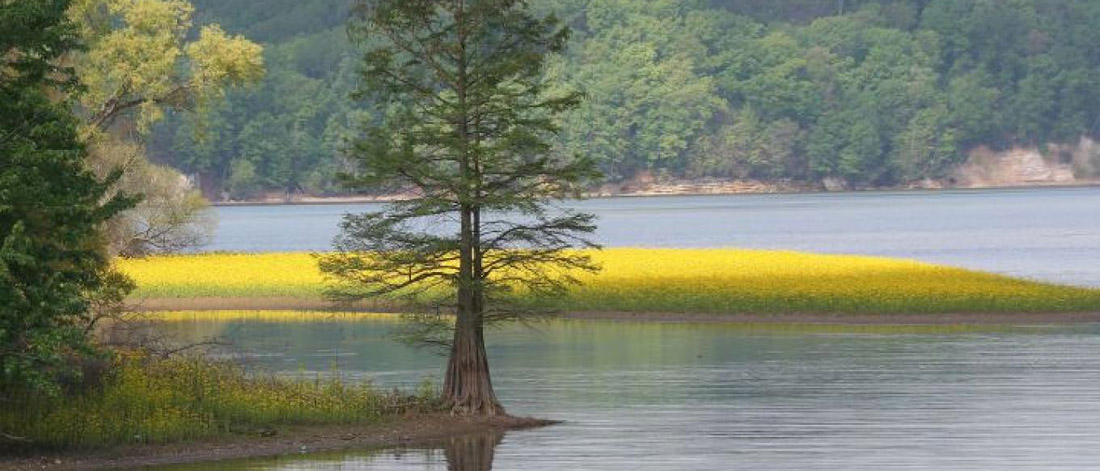
Planting Memorial and Celebration Trees in Tennessee
Why Plant Trees in Tennessee
Tennessee’s diverse landscapes, from the rolling hills of the Cumberland Plateau to the towering peaks of the Appalachian Mountains, are home to some of the most vibrant and ecologically significant forests in the United States. Planting trees in Tennessee’s forests not only restores and protects these natural areas but also provides a meaningful way to celebrate life’s milestones, honor loved ones, and contribute to environmental sustainability.
Tennessee’s forests are not only vital to the state’s ecological health but also to its communities, water systems, and economy. Reforestation efforts in Tennessee focus on restoring damaged landscapes, improving biodiversity, and ensuring long-term forest sustainability. Projects like the McNairy, Hardin, and Wayne County Reforestation Project and West Sandy Planting are actively working to achieve these goals.
Which Trees Grow in Cherokee National Forest?
Cherokee National Forest, spanning more than 650,000 acres along Tennessee’s eastern border, is a vital ecological treasure. As the largest tract of public land in the state, it serves as a sanctuary for wildlife, a haven for outdoor enthusiasts, and a crucial watershed protector. This forest plays an essential role in preserving biodiversity, supporting native species, and mitigating the impacts of climate change.
Nestled within the Appalachian Mountains, Cherokee National Forest is home to an extraordinary variety of native tree species. These trees contribute to a thriving ecosystem, stabilizing soil, filtering air and water, and providing habitat for countless species. Some of the most common trees found in Cherokee National Forest include:
Eastern Hemlock (Tsuga canadensis): A keystone species that provides shade, cooling mountain streams for fish and amphibians.
Tulip Poplar (Liriodendron tulipifera): Tennessee’s state tree, known for its rapid growth and distinctive tulip-shaped flowers.
American Beech (Fagus grandifolia): A slow-growing hardwood that supports wildlife with its nutritious nuts.
White Oak (Quercus alba): A long-lived tree that provides food and shelter for many native animals.
Shortleaf Pine (Pinus echinata): A resilient conifer that thrives in the region’s varied elevations.
Reforestation in Tennessee
The efforts made to restore the forests of Tennessee are ensuring long-term forest sustainability. Your contribution goes towards an active project, where planting is needed most. These initiatives focus on:
- Watershed Restoration: Trees help filter and retain water, protecting rivers, streams, and drinking water sources.
- Habitat and Biodiversity: Reforestation efforts provide critical habitat for native species, ensuring the survival of diverse wildlife.
- Sustainable Forestry: Managed reforestation ensures that forests remain healthy and productive for future generations.
- Wildfire Recovery: Planting trees in fire-affected areas stabilizes soil, prevents erosion, and helps regenerate lost forests.
By supporting these projects, you are directly contributing toward preserving Tennessee’s natural heritage. Each tree planted strengthens the landscape, improves air and water quality, and creates a lasting environmental impact for generations.
Planting a tree in Tennessee with The Trees Remember supports active reforestation projects in key ecological areas. These trees are carefully selected to thrive in their planting locations, ensuring a lasting impact on the environment and surrounding communities. Join us in restoring Tennessee’s forests and waterways. Plant trees in Tennessee today and contribute to the long-term health of the state’s diverse landscapes.